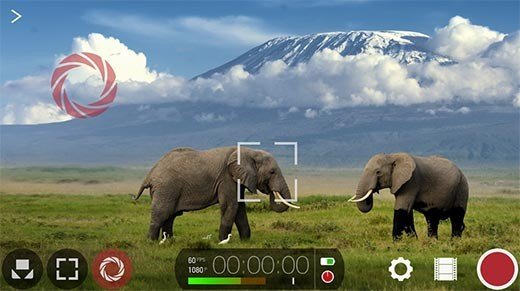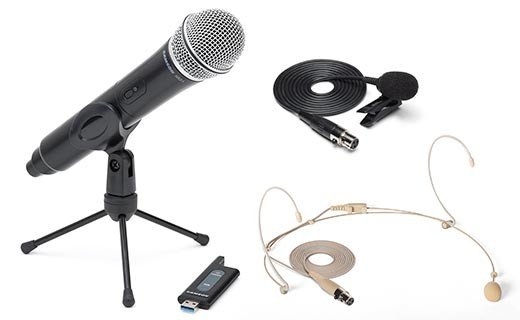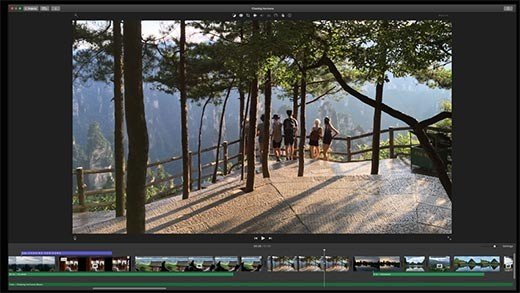Making Films on Mobile Devices
So you’ve decided that you want to make a film using your phone or tablet? It’s possible now, more than ever, to create high-quality short films for smaller screens that captivate audiences every bit as much as their big budget counterparts.
As with all good films, you must start by having a story to tell. Slick production techniques and “perfect” shots mean little when your content is lacking. Don’t try to develop an elaborate narrative in a short period of time. Keep it simple and get to the point. However, just because you’ve developed a great story, don’t forget about picture quality, picture size, lighting, sound and editing. But without the luxury of advanced cinematography gear, it’ll take a lot more thought and care to produce an engaging film.
Generally speaking, the three major components of film are the Picture (getting the perfect shot), Sound (clear dialog, background music/sound effects) and Editing (where all the magic comes together).

Basic Picture Tips
- There are many filming apps that you can choose from. Some you may want to use for just your intro and outro, but select a filming app that provides a comfortable workflow. For more professional features and results take a look at the popular FiLMiCPro.
- Mobile devices are lighter than higher-end professional shooting setups and are inherently more difficult to keep steady. For better solutions to support your device, take a look at the cases by iOgrapher.
- When using a mobile device, shoot as smoothly as possible. And, if panning, pan SLOW. Fast panning will cause a loss of image quality.
- Set a wide base with your feet and keep your elbows in toward your body, creating a steady, rotating “pillar” as you pan.
- Unless you’ve adapted additional lenses to your device, keep your shots close. Try to avoid getting that high-impact close up using your zoom. Instead, use the device’s portability to your advantage and simply move closer to your subject. And try to create interesting shots that would be difficult to get with a typical setup.
- Soften your lighting when possible and adjust your white balance, as mobile devices generally don’t perform well with drastic contrasts.

Improving Your Sound
- The built-in microphones on mobile devices are pretty much useless for capturing quality audio unless you’re close to and directly in front of your subject. There are several options for adding an external microphone that directly connects to your mobile device. This will improve your overall sound for group shots, but remember that the way sound is captured changes as your device moves. If your shots or subjects move frequently, try using wireless audio options such as the Samson Go Mic Mobile and XPD2 Series wireless systems. This will allow you to capture audio directly from the source, which is especially effective for individual dialog.
- Keep in mind that audio can be added in post-production if necessary. Background music and sounds can contribute immensely to the overall effect of a film. Keep this in mind as you stage your shots.

Editing Your Work
- Exporting your footage to a computer is the quickest and easiest way to edit your film.
- Programs such as iMovie, Final Cut Pro and Premiere are just a few examples of applications that produce top-notch editing results.
- To avoid stretching the image, be sure to pay attention to matching ratio sizes when editing on a computer.
As a new, growing medium with constant advances in technology, there are really no concrete rules when shooting with mobile devices (well, maybe just no fast panning). These tips serve as a basic guideline for putting your best foot forward when developing your film. Just be unique, be creative and have something to say.
